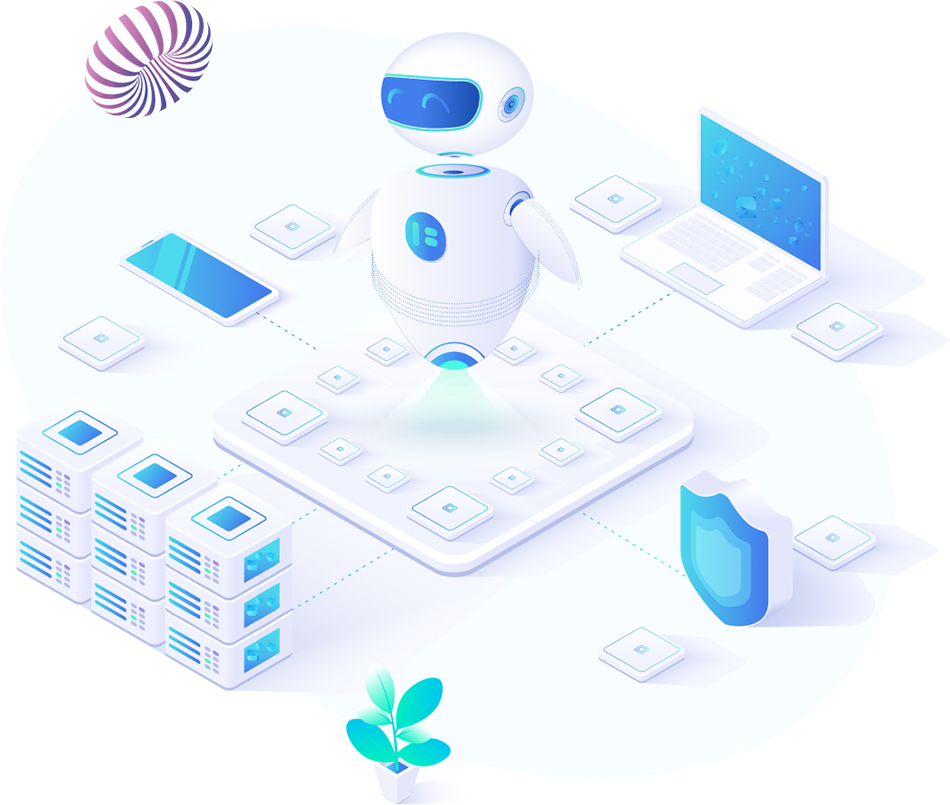Rails Development Services
- Technology
- Rails
What is Rails?
Rails, also known as Ruby on Rails or simply RoR, is a popular web application framework written in the Ruby programming language. It provides a productive and efficient environment for building robust and scalable web applications.
What are rails Services?
In the context of Ruby on Rails (Rails) applications, Rails services typically refer to a design pattern or architectural approach rather than a specific built-in feature or component provided by Rails itself. The Rails services pattern is used to encapsulate complex business logic and promote separation of concerns within the application.
Rails services are implemented as plain Ruby classes that encapsulate specific functionality or a set of related operations. They serve as a way to extract and isolate business logic from the controllers or models of a Rails application, promoting cleaner code organization, reusability, and testability.


Rails services
They serve as a way to extract and isolate business logic from the controllers or models of a Rails application, promoting cleaner code organization, reusability, and testability.
Encapsulation of Business Logic
Services help encapsulate complex business logic into separate classes, which improves code organization and maintainability. By isolating specific operations or tasks within services, the responsibilities of controllers and models are kept focused and manageable.
Separation of Concerns
Services facilitate the separation of concerns by keeping the business logic decoupled from the application's controllers and models. This separation helps maintain a clear distinction between responsibilities and promotes a more modular and maintainable codebase.
Single Responsibility Principle (SRP)
The single responsibility principle is a key principle of object-oriented design, and services help enforce it by ensuring that each service class is responsible for a single task or operation. This makes it easier to understand, modify, and test the code.
Flexibility and Extensibility
With services, it becomes easier to introduce changes or modifications to the application's behavior. Services can be modified or extended without affecting other parts of the application, providing flexibility and ease of maintenance.
A productive and efficient environment
for building robust and scalable web applications
Rails, also known as Ruby on Rails or simply RoR, is a popular web application framework written in the Ruby programming language. I
Rapid Application Development (RAD)
Rails is designed to promote rapid development by following the principle of "Convention over Configuration." It provides a set of conventions and best practices that make it easy for developers to create applications quickly without having to write repetitive code. Rails automates many common tasks and provides built-in features, allowing developers to focus on the unique aspects of their application.
Model-View-Controller (MVC) Architecture
Models Models represent the data and business logic of the application, including database interactions, validations, and associations. ViewsViews are responsible for rendering the user interface and presenting the data to the users. ControllersControllers handle the request/response cycle, process user input, and coordinate the interaction between models and views.
Database Integration
Rails provides seamless integration with databases, making it easy to define database schemas, create tables, and perform database operations. Rails uses an Object-Relational Mapping (ORM) layer called ActiveRecord, which abstracts the database interactions and allows developers to work with the database using Ruby code instead of writing SQL queries directly.
Scaffolding and Code Generation
Rails includes powerful code generation tools that can generate boilerplate code for common tasks such as creating models, views, controllers, and database migrations. This scaffolding feature helps developers get started quickly and reduces the time and effort required to build the initial application structure.
Convention over Configuration
Rails follows a "convention over configuration" approach, where sensible defaults and naming conventions are used to reduce the need for explicit configuration. By adhering to these conventions, developers can minimize the amount of code they have to write, leading to increased productivity and maintainability.
ActiveRecord
ActiveRecord is Rails' object-relational mapping (ORM) library, which simplifies database operations by providing an interface to interact with databases using Ruby code. It handles tasks like database queries, data validation, and relationships between database tables, making it easier to work with databases in Rails applications.
Gems and Ecosystem
Rails has a vast ecosystem of gems (Ruby libraries) that provide additional functionality and extend the capabilities of the framework. These gems cover a wide range of areas, including authentication, authorization, caching, testing, background jobs, and more. The vibrant Rails community actively develops and maintains these gems, making it easy to integrate powerful features into Rails applications.









